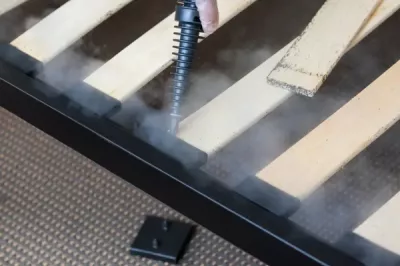Bedbugs
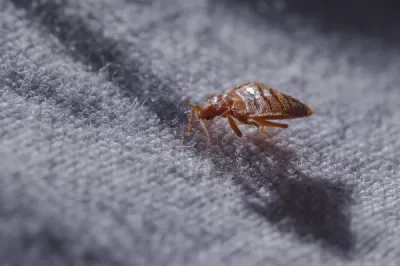
Bedbugs - Cimex lectularius
This a hardy pest of nocturnal nature. Within all stages of life they feed on mammalian blood, primarily human. Difficult to treat and shows some level of treatment resistance. Bites may cause an allergic reaction but are not generally disease carrying. They can resist low temperatures and also survive up to 1 year without a meal. This makes successful treatment challenging versus other invertebrates.
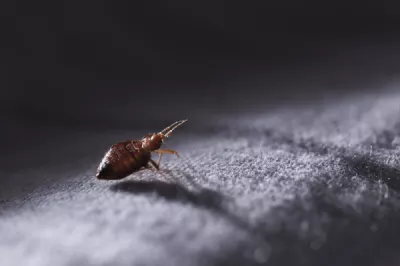
Signs of a bedbug infestation
What to look for...
- Look around the top of the bed, pull the mattress back. They have a distinct red, brown colour,oval shape and are flattened if not recently fed.
- Not tiny, roughly half a centimetre in length.
- In heavy infestations - a distinctive odour will be noted originating in their excrement and scent glands.
- Check for blood spots on the bedding.
- Though it's called a bedbug, you will also find them in furniture, wallpaper, skirting boards and structural cracks.
Where to look...
- More likely a pest of high density accommodation - hotels, student accommodation, apartment blocks.
- They are often transferred to domestic environments through travel - on suitcases, planes, trains etc.
- Therefore most likely to see an infestation post travelling, moving home etc.
- This is one of the tougher pests to control yourself but we'll give it a go.
- Hygiene! Thoroughly clean the room, vacuuming all cracks and crevices.
- Wash clothes at high temperatures (where suitable) - above 60°C.
- Wash bedding as frequently as you are able - also above 60°C.
- Frame beds are far less susceptible than divan beds.
- Don't throw a bed away without first engaging a professional company to see if it's salvagable.
Entry level treatment that due to the hardiness of bedbugs generally needs to be conducted 2 or 3 times to achieve effectiveness.
This is a powerful, residual insecticide meaning it has an effect after application. It's application as a spray means it is best conducted with additional, more extensive treatments.
The nature of the spray requires premises to be vacated for 4 hours post treatment
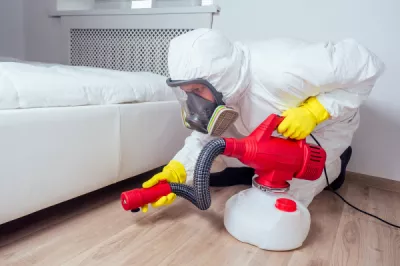
Fumigation: A far reaching treatment which gets into cracks and crevices. This is normally applied concurrently with a spray as it lacks a residual effect.
This is a vapour based insecticide output from an industrial fogger. It is quick and effective at bedbug control but over the long term has minimal effect.
Premises must be vacated for 4 hours post application.
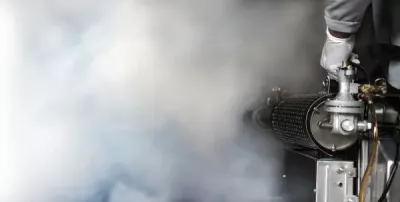
A completely non-toxic treatment which acts on bedbugs sensitivity to temperature changes. This treatment eliminates both bedbugs and eggs completely.
This is applied either through a superheated steam which reaches all the cracks and crevices we find bedbugs in.
Alternatively - it is possible to heat the entire room to a high temperature however this is very energy intensive.
